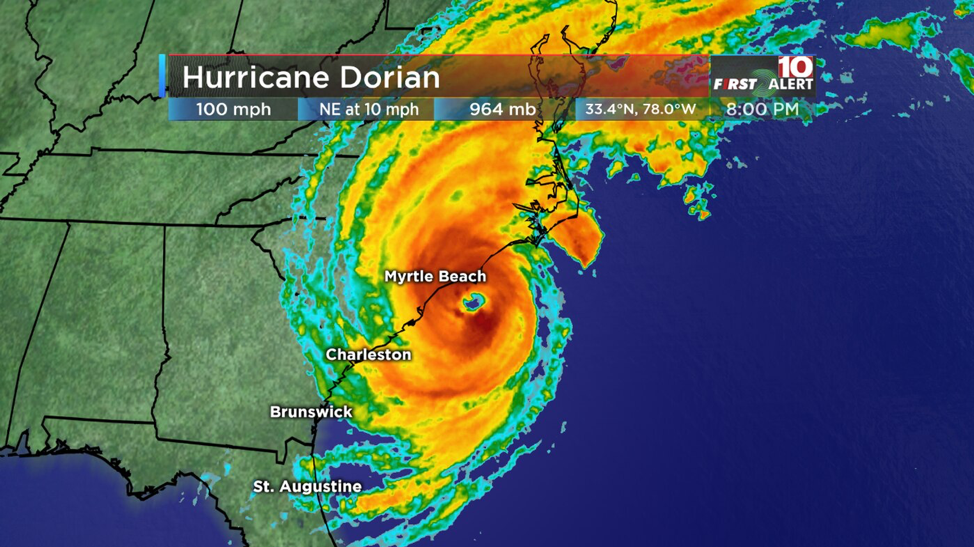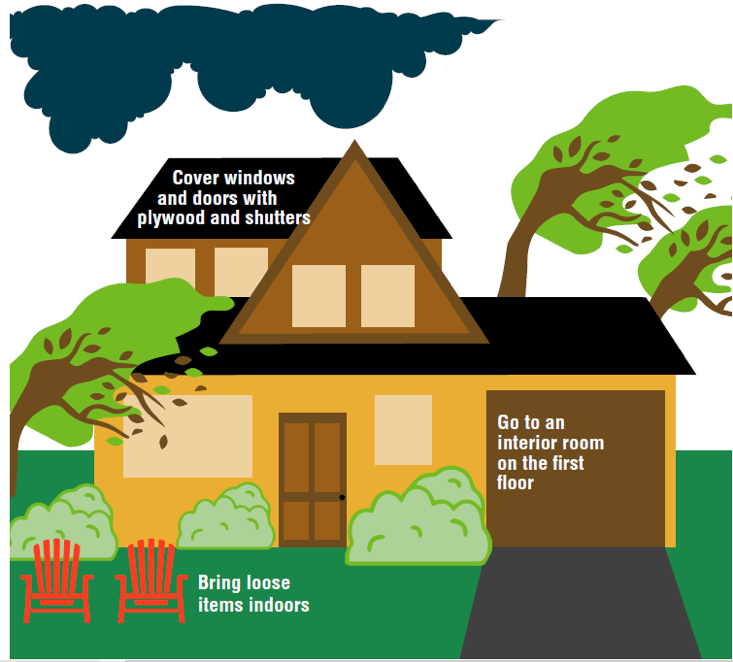Claire Bradley is a junior at UNC-Chapel Hill majoring in Geography with a minor in Environmental Studies. She is working as an Environmental Policy Intern with the NC Policy Collaboratory during the 2020 Summer.
In North Carolina, like many coastal states, hurricane season is a well-known period of the year from June to November where tropical storms that begin in the warmer southern waters gradually grow and shift and can have a great impact on the coast. Large amounts of money go into the preparation and protection from hurricane events as well as clean-up efforts once they have hit.
Recent Storms Have Caused Significant Damage
In the past few years, North Carolina has had especially bad luck with these storms, experiencing “once-in-a-hundred-year-storms,” multiple times. In 2016, Hurricane Matthew caused catastrophic flooding and killed 28 people. The flooding didn’t go down for months afterward. In 2018, Hurricane Florence battered the southern shores of North Carolina evacuating students at UNC-Wilmington for months. Just last year in 2019, Hurricane Dorian nearly leveled the Bahamas and made its way very slowly up the coast wreaking havoc on Ocracoke Island among other treasured locations in the state and across the southeastern United States.

These more frequent, intense storms put stress on the people and land involved as well as the economics of the area. Diseases are more prominent in flood waters, electrical lines down due to high winds can cause outages in the grid for weeks and full recovery often takes months and millions of dollars. The compounding mental health burdens as well as the financial ones for families can be extremely detrimental, especially if they are dealing with loss of life due to the Hurricane.
Hurricane Preparedness
Historically, states have taken it upon themselves to educate coastal communities in an effort to mitigate the damage accrued by Hurricane season through materials such as infographics. This past year, North Carolina updated their 12-year-old guide on hurricane preparedness adding sections that provide even more information for relevant stakeholder groups. On top of the preparation advice, insurance notes, hurricane identification strategies and more, this year’s guide has added sections for farmers and small business owners.
As this guide is pivotal to ensuring citizens know what to expect and how best to react upon impact of a hurricane, disseminating this information in the most efficient and effective way possible is critical.
These new sections are tailored to the coastal economies and provide thorough details on what to do before, during and after to limit the damage and be able to begin normal work as quickly as possible after the storm.
As this guide is pivotal to ensuring citizens know what to expect and how best to react upon impact of a hurricane, disseminating this information in the most efficient and effective way possible is critical. They plan to put the guide on their website but knowing that will not reach everyone who could benefit from the information, they also planned to print guides with a limited amount of funds.

In February, the North Carolina Office of Recovery and Resiliency (NCORR) enlisted the help of the North Carolina Policy Collaboratory to create a distribution plan for the ~60,000 guides they planned to print. Of those, the large majority were in English while ~6,000 were translated into Spanish.
To have a list of guide recommendations per coastal county, we conducted research on county demographics: population, poverty rates, average rates of people over the age of 65, number of Spanish-speaking people and more. Those were then set as ratios in comparison to the other counties being analyzed, and ultimately those ratios could be connected with a certain proportion of printed guides.
In April, these recommendations were presented to NCORR and they have begun the distribution of the guides. Getting the information to the counties this quickly in advance of the peak of the season will undoubtedly prevent some of the harm associated with these storms.
More information about the North Carolina Hurricane Guide can be found here.


